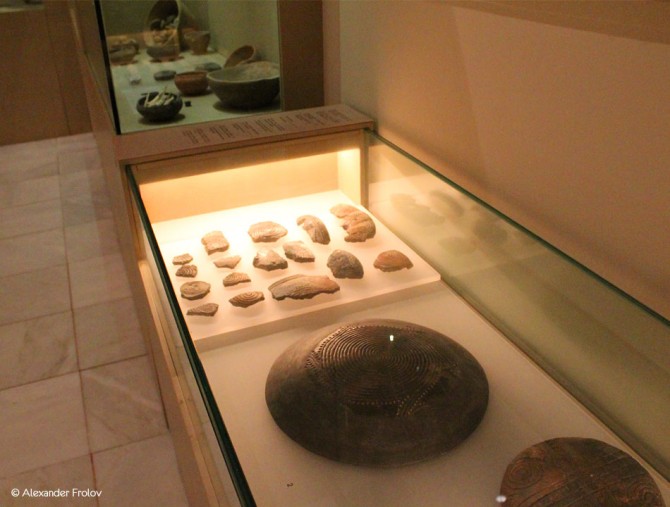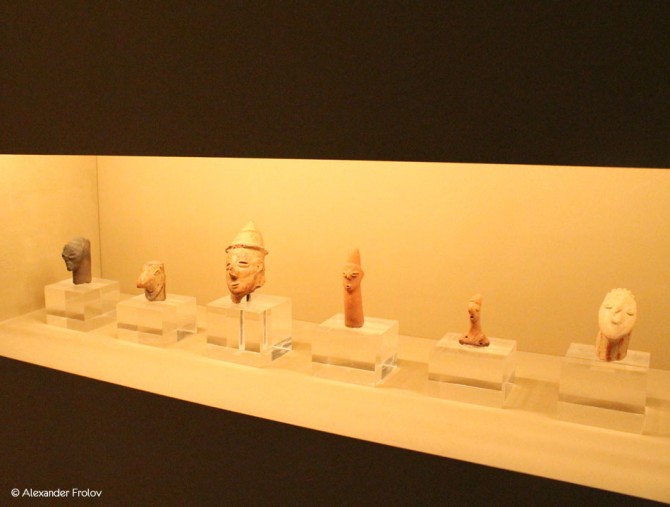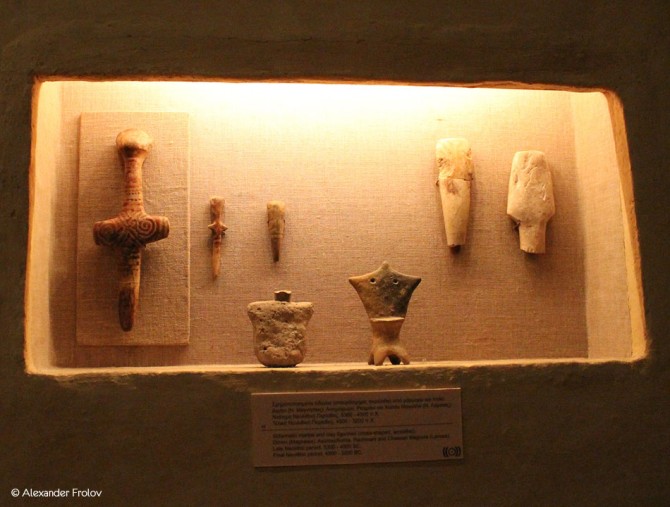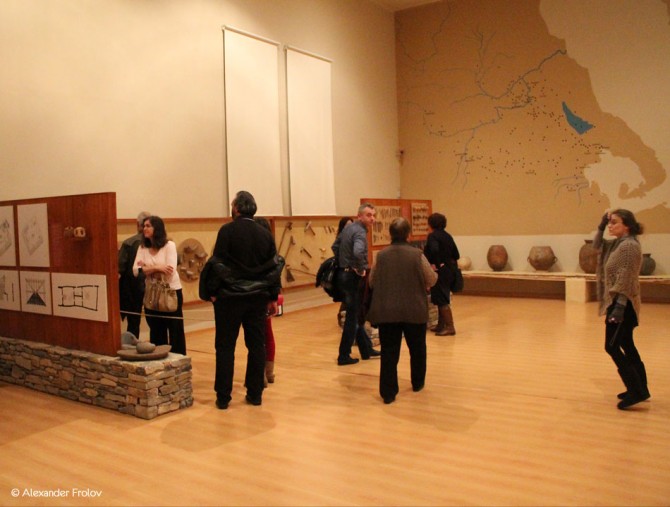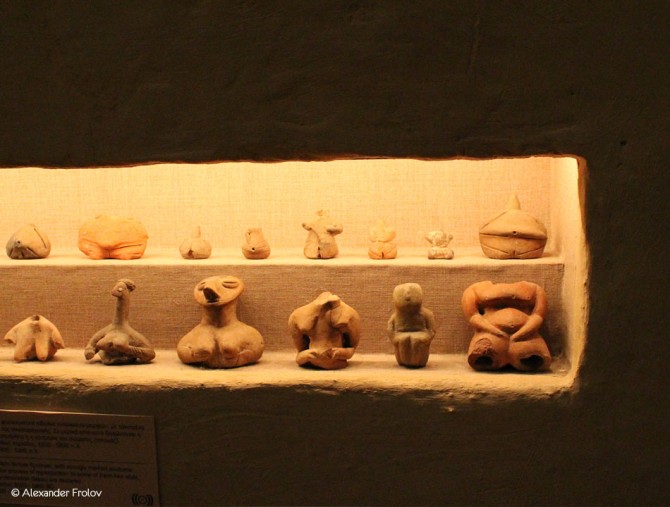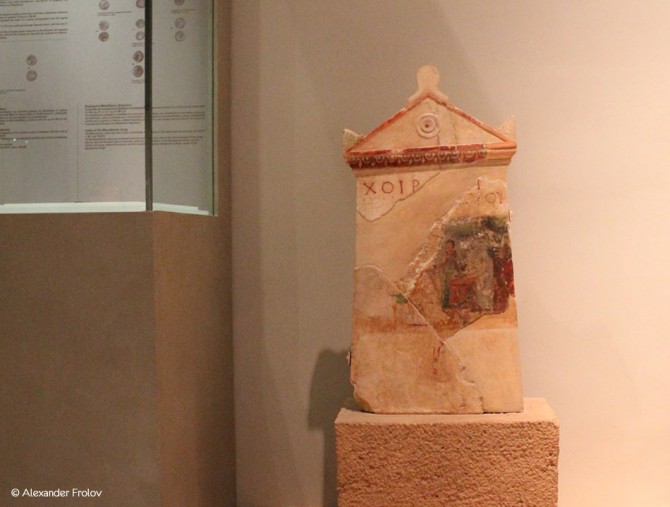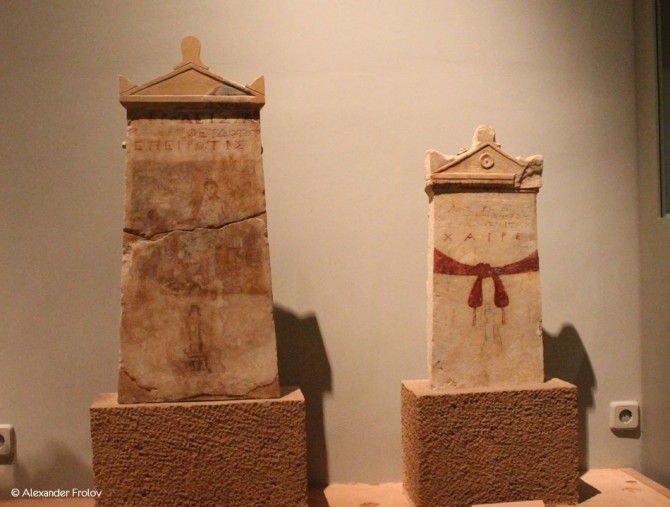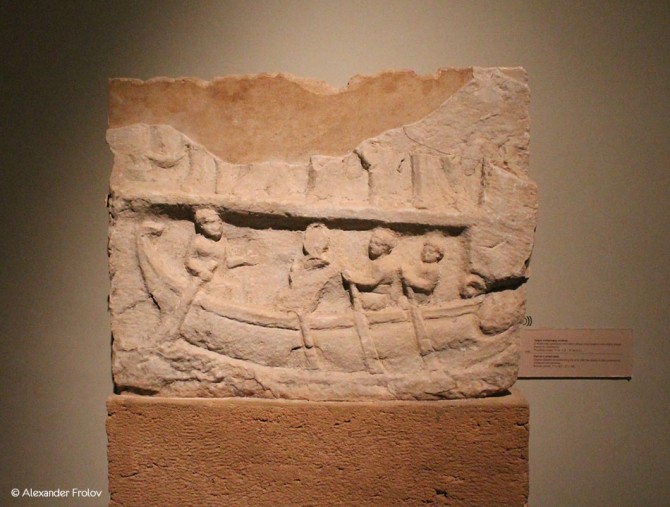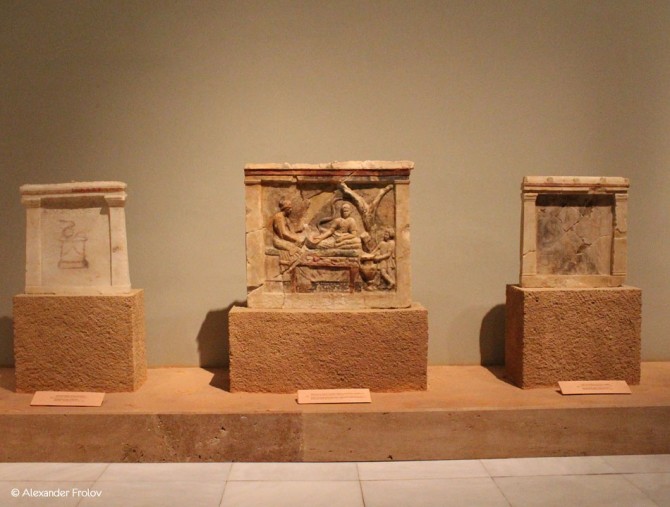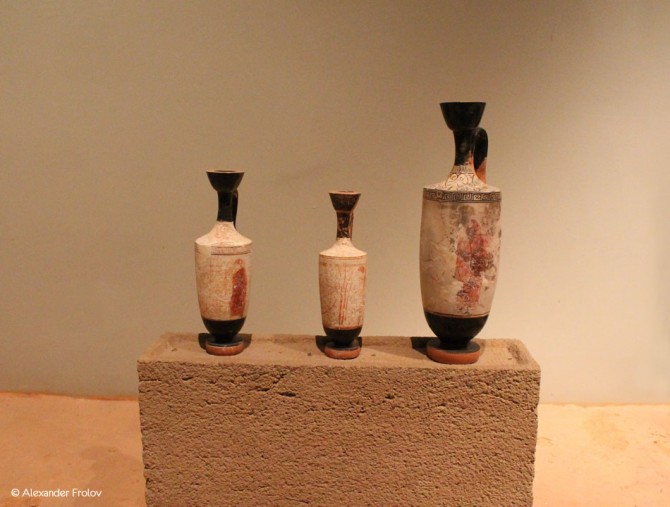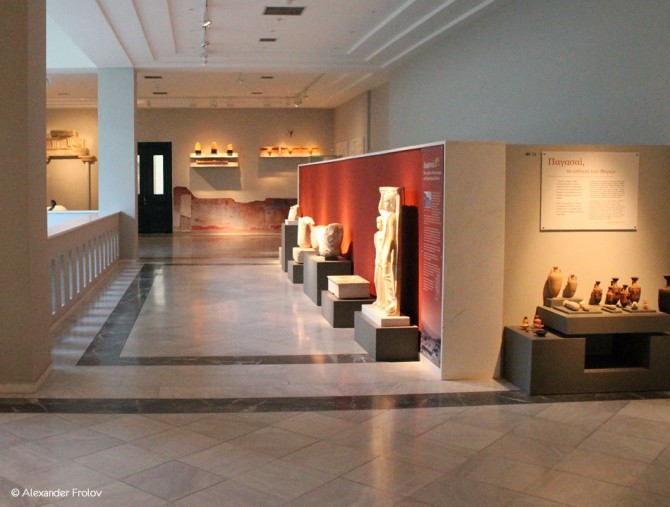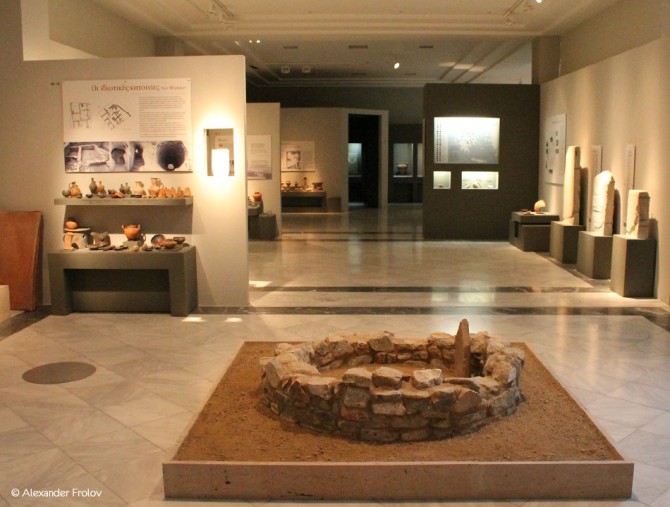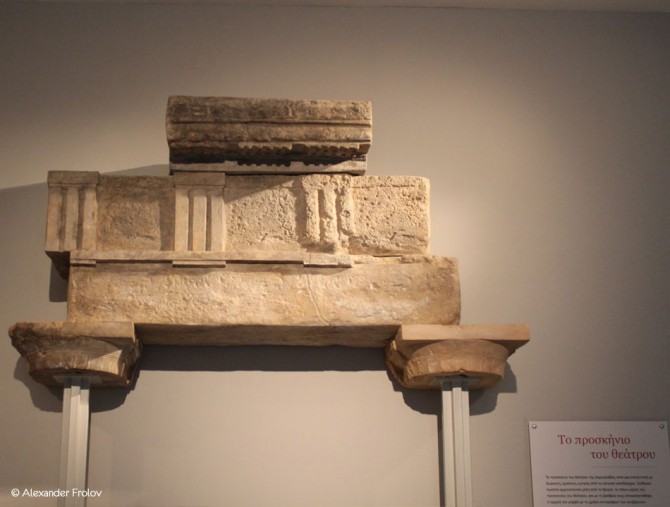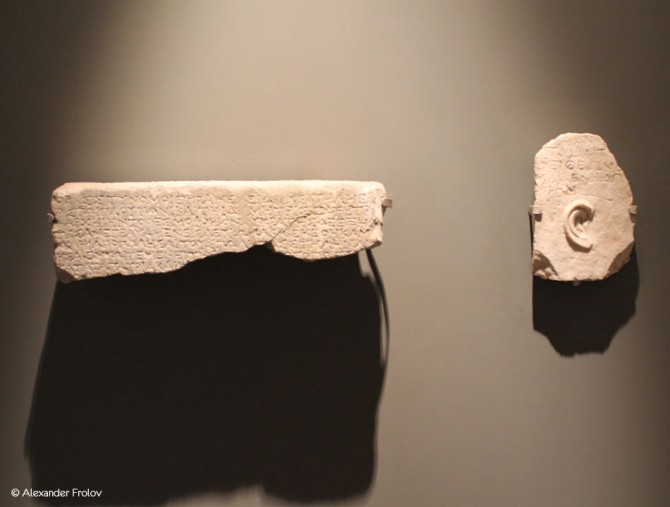Археологический музей в Волосе
Одно из красивейших неоклассических зданий в городе Волос в Фессалии принадлежит местному археологическому музею. Официально он называется Археологический музей Афанасикио - в честь его создателя Алексиса Афанасакиса, родившегося в деревне Портарья в Пелионе. Именно он в 1909 году финансировал строительство этого здания. Коллекция музея включает в себя артефакты найденные при раскопках в этом регионе. Всего тут несколько коллекций и каждая в своем зале. Наиболее интересная или, скорее, уникальная - это артефакты эпохи неолита. Поселения в этом регионе были тут уже в 7 тысячелетии до н.э. и неудивительно, что представлены они именно в этом музее. Тут и архитектурные останки, перенесенные в музей, и предметы быта - украшения, вазы. Особенно хороши глиняные миниатюры. Причем сохранившиеся в прекрасном состоянии. Еще одна часть коллекции была передана музею в дар скульптуром, коллекционером и ученым Ангелосом Бастисом. Она также посвящена по большей части эпохе неолита. Еще одна уникальная коллекция музея - это надгробия из Димитриады c III века до н.э. по IV век нашей эры. Уникальность состоит в том, что надгробия сохранили свои оригинальные цвета. А это очень большая редкость. Например в национальном археологическом музее - вы таких не найдете. Один из залов полностью посвящен древним захоронениям - тут находятся древние могилы - причем не воссозданные, а оригинальные.
Музей Athanassakio. Волос, ул Athanassaki 1, Анавру Бич. Часы работы: 8:00-15:00 (с 1 ноября по 31 апреля), 8:00-17:00 (с1 мая по 31 октября)
Как добраться до археологического музея в Волосе:
- на автобусе 1
Фото и текст: Александр Фролов
Athanassakio Archaeological Museum of Volos
A beautiful neoclassical building in Volos houses the largest Archaeological Museum of Thessaly. It was named Athanasakio in honor of Alexis Athanasakis from Portaria of Pelion, who funded its construction in 1909. The very interesting exhibits of the museum include findings from earlier excavations in the region of Thessaly and from the later excavations during the Olympic projects (like the impressive Mycenaean tholos tombs). The museum’s collections are divided into the following topics: 1) The Neolithic civilization (room G.Ch. Hourmouziadi): It includes architectural residues, food residues (like seeds and animal bones), tools, vases, figurines and jewelry. 2) The Donated collection of Ang. Bastis: It includes neolithic findings of the collection which Ang. Bastis (researcher, collector, donor and sculptor, fond of Neolithic figurines of Thessaly) donated to the museum. 3) Excavations of major projects: It includes findings from various sites excavated within large public works made in the prefecture of Magnesia. 4) Written tombstones from Dimitriada: It includes findings from the ancient town Dimitriada and its cemeteries, with an emphasis on the written tombstones (3rd century BC-4th century AD). 5) Chthonic deities, offerings graves: It includes findings from cemeteries in the area. 6) Burial customs: It includes graves which were transported to the museum incorporated, along with the skeleton of the deceased and the tributes, giving information about the burial customs. Special interest in the Archaeological Museum of Volos presents the way they placed the exhibits in the hall of Neolithic objects and the room with the representations of the graves, giving to the visitors the opportunity to have more direct contact with the ancient world and understand easily its operation.
Athanassakio Archaeological Museum of Volos: 1 Athanassaki street, Anavrou Beach, Volos. You can get there by bus from Volos (bus line 1). Visiting hours: Winter (from January 1 to March 31): 08:00-15:00. Summer (from May 1 to October 31): 08:00-17:00. Ticket price: (Full) 3 euros, (Reduced) 2 euros.
Τext: Marilou Pantazi


